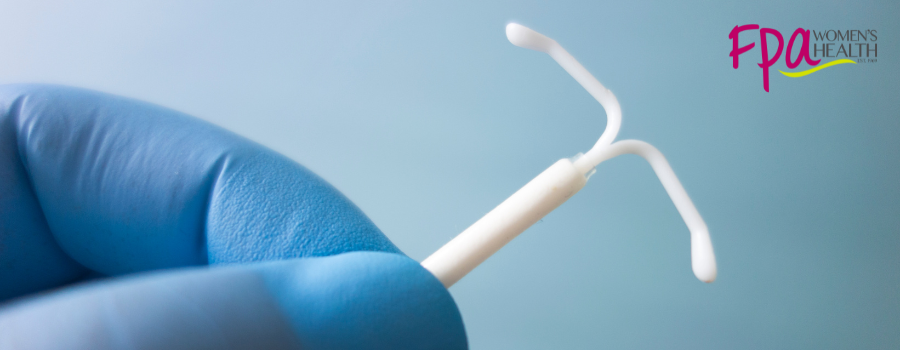Ready to Take the Next Step?
At FPA Women’s Health, we’re here to support you in making birth control decisions that feel right for you — with care that’s safe, compassionate, and built around your comfort.
Anytime during business hours, M-F 8am to 5pm

We know patients feel anxious about getting an IUD placed due to stories they've heard or even past experiences.
At FPA Women’s Health, we believe that understanding what to expect can help ease any worries — and we’re proud to offer a range of pain management options for IUD insertion to make the experience as comfortable as possible. Let’s walk through how the process works based on the option that’s right for you.
Every person’s pain tolerance and experience is different — and we honor that. When you schedule your appointment in-person, online, or over the phone, we’ll ask if you’d like to explore pain management options.
If opting out of a pain management option, taking ibuprofen approximately 30 minutes before an IUD insertion is a great evidence-based method to alleviate discomfort.
When it’s time for your appointment, our clinicians take time to explain every step clearly, so patients know what to expect and feel empowered to ask questions or voice any concerns.
This is the original method most patients have experienced. It’s quick and tolerable for many:
The entire process usually takes less than two minutes. Cramping may occur a few hours afterward, and some patients resume their normal activities right away.
Local anesthesia involves numbing medication injected around the cervix:
Recovery is quick, and you can typically resume your day as usual.
IV conscious sedation offers a more relaxed experience:
Patients choosing this method often experience minimal pain and anxiety.
General anesthesia is for patients who prefer to be fully asleep:
General anesthesia is offered at select FPA Women’s Health locations and requires scheduling and preparation in advance (such as fasting and transportation).
When you schedule your appointment, we’ll ask if you’d like to explore these options so we can tailor your visit accordingly.
It’s totally normal to have some cramping or light spotting for a day or two after your IUD is placed. A heating pad and over-the-counter pain relievers can go a long way to help you feel better.
If you opted for sedation or anesthesia, we’ll give you clear after-care instructions, including how much rest you might need and making sure someone’s available to drive you home.
At FPA Women’s Health, we’re here to support you in making birth control decisions that feel right for you — with care that’s safe, compassionate, and built around your comfort.
Share This
Get Help Now